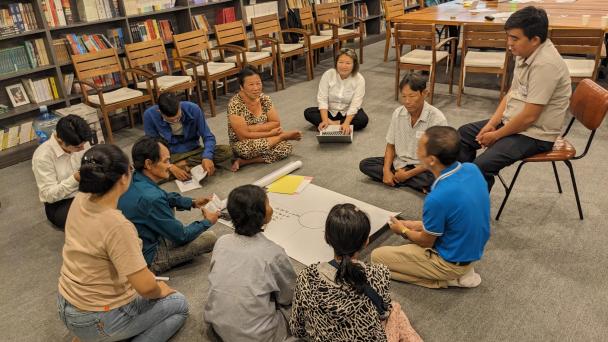New research shows no increase in the proportion of adults in England with autism or psychotic disorders
 Press release
Press release

This study aimed to track and compare levels of worry across Britain, and to explore the proportion of people with who were extremely worried about several ‘life areas’ at three time points: January 2018, January 2019 and January 2022. Research from this project reveals that a ‘worry gap’ has opened up between men and women since the start pandemic, with women being twice as likely as men to be extremely worried about most areas of life asked about in the survey.
This research is based on three surveys conducted via the NatCen Panel with a nationally representative sample of adults aged 18+ in Great Britain at three different time points, in January 2018 (2,199 adults), January 2019 (2,048 adults) and January 2022 (1,122 adults). Each survey contained an identical set of questions asking respondents how much they worried about 16 different areas of life. Respondents were only asked about the areas that were relevant to them.
Responses to these questions were collected using an 11-point scale, running from 0 (“not at all”) to 10 (“a lot”). For each question, respondents who indicated a level of worry of 8, 9 or 10 out of 10 were considered to be extremely worried about the specified area. A new variable was also created to identify respondents who reported being extremely worried about most of the areas they were asked about. Weighted estimates of the proportion of people who were extremely worried about each area and about most of the areas they were asked about were produced for each survey separately.
 Press release
Press release



Receive a regular update, sent directly to your inbox, with a summary of our current events, research, blogs and comment.
Subscribe